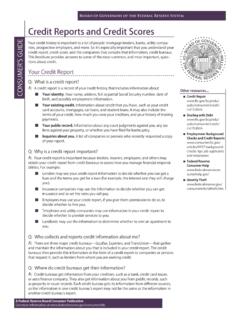Transcription of Understanding how insurance works: A case study about Lucy
1 BUILDING BLOCKS TEACHER guide . Understanding how insurance works: A case study about Lucy Students read about how insurance works and then review a case study to KEY INFORMATION. see how insurance choices can affect Building block: personal finances for a young adult in Executive function a rural area. financial knowledge and Learning goals decision-making skills Grade level: High school (9 12). Big idea Age range: 13 19. When you purchase insurance , you are transferring financial risk from yourself to an Topic: Protect (Managing risk, Using insurance company. insurance ). School subject: CTE (Career and technical Essential questions education), Math, Physical education or What is the main benefit of choosing to health, Social studies or history purchase insurance ?
2 Teaching strategy: Cooperative learning, How do the insurance company and the Simulation policyholder share risks and costs? Bloom's Taxonomy level: Understand, Objectives Apply, Evaluate Understand how insurance works Activity duration: 45 60 minutes Apply insurance policy specifics to a case study to evaluate costs and benefits National Standards for Personal financial Education, 2021. Managing risk: 12-1, 12-2, 12-3, 12-4, NOTE. 12-5, 12-7. Please remember to consider your students' These standards are cumulative, and topics are not accommodations and special needs to ensure repeated in each grade level. This activity may include information students need to understand before that all students are able to participate in a exploring this topic in more detail.
3 Meaningful way. consumer financial To find this and other activities, go to: protection bureau 1 of 7. Summer 2022. What students will do Read about how the insurance process works and discover what roles the insurance company and the policyholders play. Review information about specific types of insurance policy coverage and costs. Evaluate a case study to see how one policyholder's insurance choices affected her financially. Write an advice email about the value of insurance in that policyholder's life. Preparing for this activity While it's not necessary, completing the Exploring types of insurance activity or the Reading about insurance activity first may make this one more meaningful. You also can share the What is insurance poster with your students.
4 Download or order free copies at Print copies of all student materials for each student, or prepare for students to access them electronically. What you'll need THIS TEACHER guide . Understanding how insurance works: A case study about Lucy ( guide ). STUDENT MATERIALS. Understanding how insurance works: A case study about Lucy (worksheet). What is insurance ? (handout). Exploring key financial concepts A risk is something that exposes us to danger, harm, or loss. We face risks every day, and often these risks can have a financial impact on our lives. Getting sick, breaking a leg, having a car accident, or experiencing a house fire are examples of risks that may happen to any of us. If we had to pay the full costs for doctor's visits, surgeries, and automobile repairs ourselves, it could cause a substantial financial burden in our lives.
5 Understanding how insurance works: BUILDING BLOCKS TEACHER guide A case study about Lucy 2 of 7. Summer 2022. To protect against the financial consequences associated with TIP. these risks, people often choose or are required to purchase Generally, the lower the insurance policies. insurance policies reduce a person's financial premium, the higher other risk in areas such as health (medical insurance ), eyesight (vision costs such as deductibles insurance ), automobiles (auto insurance ), homes (homeowner's and copays will likely be. At insurance or renter's insurance ), and death (life insurance ). the same time, the higher the Consumers pay a fee for these policies, called a premium, which premium, the lower those is typically much less than the costs associated with this risk other costs will likely be.
6 Without insurance . The consumer who buys the insurance policy Because insurance costs and is called a policyholder. The policyholder might pay the premium coverage can vary significantly all at once or through a payment plan that divides the total cost even among plans offered into payments that are made monthly, quarterly, or some other by the same company it's agreed payment schedule. important to shop around Premiums aren't the only costs to consumers with insurance . before choosing a plan. Two other common costs are deductibles and copayments. A deductible is the amount of expenses the insured must pay before the insurance company will contribute toward the covered item. For example, the amount you pay for covered health TIP.
7 Care services before your insurance plan starts to pay is your Because insurance products, deductible. A copayment (or copay) is a fixed amount ($20, for terms, and laws change, example) you pay for a covered health care service in addition to students should be encouraged the amount your insurer pays. to always look for the most Note: It's also helpful to know that people get insurance not only up-to-date information. to help with risks from unexpected events but also to help pay for routine things, such as annual medical checkups and dental visits. In addition, insurance companies negotiate discounts with health care providers, so their customers pay those discounted rates. Teaching this activity Whole-class introduction Ask students if they or someone they know uses insurance and to share what type of insurance it is.
8 Answers may include auto, health, homeowner's, or renter's insurance . Read the Exploring key financial concepts section to students. Distribute the What is insurance ? handout and the Understanding how insurance works: A case study about Lucy worksheet, or direct students to access them electronically. Understanding how insurance works: BUILDING BLOCKS TEACHER guide A case study about Lucy 3 of 7. Summer 2022. Give students time to review the handout if needed. You might also want to review the types of insurance listed on the worksheet to be sure students have a general sense of what each type covers. Be sure students understand key vocabulary: Beneficiary: Someone or something named to receive TIP. proceeds or benefits.
9 In the insurance context, it's Visit CFPB's financial the person, charity, trust, or estate designated by the education glossary at policyholder to receive the policy's benefits or payments. Copayment (or copay): A fixed amount ($20, for example) financial -education-glossary/. you pay for a covered health care service in addition to the amount your insurer pays. Deductible: The amount of expenses the insured must pay before the insurance company will contribute toward the covered item. For example, the amount you pay for covered health care services before your insurance plan starts to pay is your deductible. insurance : The practice or arrangement in which a company or government agency provides a guarantee of compensation for specified loss, damage, illness, or death in return for payment of a premium.
10 Insured: The person, group, or organization whose life or property is covered by an insurance policy. Insurer: A person or company offering insurance policies in return for premiums; person or organization that insures. Policy: In the insurance context, it is a written contract between the insured and the insurer. Policyholder: The individual or firm that acquires and wants protection from the risk and generally in whose name an insurance policy is written. The holder is not necessarily the insured. For instance, life insurance policies might be bought by employers of key employees, or a person may buy and be the holder of a life insurance policy on their spouse. In such cases, the buyer is the policyholder.


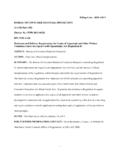
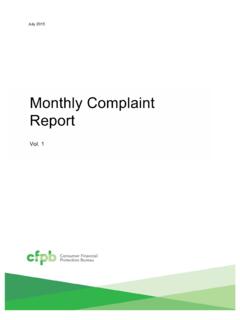
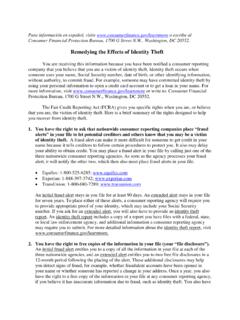

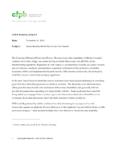








![[U] User's Guide - Stata](/cache/preview/7/7/5/3/e/3/b/2/thumb-7753e3b2038b263eb367b7bfd142f64f.jpg)
